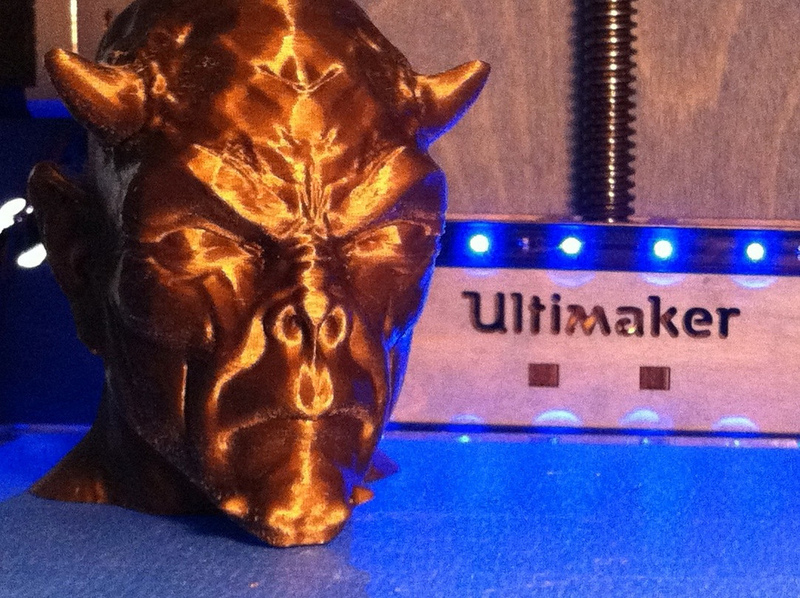Robfilmmaker
New Member
I've tried researching the "real" costs involved in getting a 3D printer but I haven't come across any concrete info. Does anyone here have one and can tell me what I'm likely to spend on the printer, supplies, and maintenance, etc in the real world?

